Roundabouts are becoming more and more popular in the United States due to their ability to reduce traffic congestion and vehicle collisions.
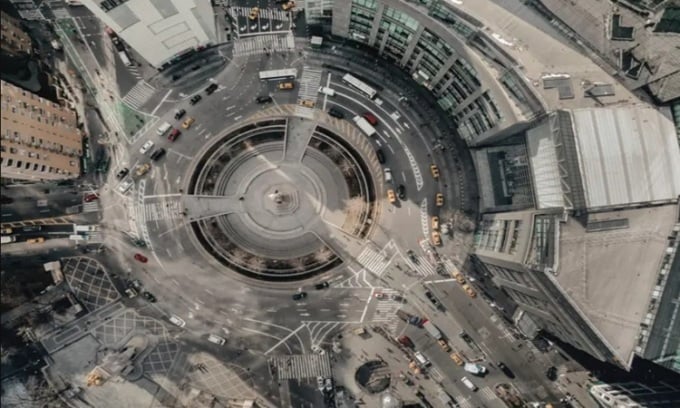
The East Coast of the United States has more roundabouts than the West Coast. Photo: Orbon Alija
Although roundabouts are a relatively new traffic-control measure, they are becoming increasingly popular across the United States, according to Business Insider . Roundabouts, also known as traffic circles or traffic circles, are circular spaces at intersections designed to improve traffic flow and safety. They offer several advantages over conventional intersections controlled by traffic lights or stop signs. Deogratias Eustace, a professor of civil, environmental, and mechanical engineering at the University of Dayton, has conducted several studies examining the safety and performance of installing roundabouts at intersections. He has also compared the performance of roundabouts to intersections controlled by stop signs.
In the early 18th century, some urban planners proposed, even built, circles where roads intersected, such as the Circus in Bath, England, and Place Charles de Gaulle in France. In the United States, engineer Pierre L'Enfant built several circles in his design for Washington, DC. These circles were the precursors to the roundabout.
In 1903, the influential French architect and urban planner Eugène Hénard was one of the first to introduce the idea of circular traffic circulation to regulate busy intersections in Paris. Around the same time, William Phelps Eno, an American businessman and father of traffic safety, proposed using roundabouts to ease traffic congestion in New York City. Over the next several years, several other cities experimented with roundabout-like designs with varying degrees of success. These roundabouts had no standard design guidelines, and most were too large to be effective, since vehicles would enter them at higher speeds.
The modern roundabout was introduced with the give way rule, which was introduced in some British cities in the 1950s. With the give way rule, vehicles entering the roundabout had to give way to vehicles already inside. This rule was introduced nationwide in the UK in 1966 and in France in 1983.
Giving way at the entrance to a roundabout means that vehicles travel through modern roundabouts at slower speeds. Over the years, engineers added various features that give roundabouts their modern appearance. Some added pedestrian crossings and lane islands to help regulate vehicle speeds. Engineers, urban planners, and lawmakers around the world found that roundabouts improved traffic flow, reduced congestion, and increased intersection safety. Roundabouts then spread throughout Europe and Australia.
Three decades later, the modern roundabout appeared in North America. The first modern roundabout in the United States was built in Summerlin, west of Las Vegas, in 1990. Since then, roundabouts have become increasingly popular in the country. Currently, there are about 10,000 roundabouts in the United States.
Roundabouts have proliferated because they reduce the number of potential intersections. An intersection is a location where the paths of two or more vehicles cross or have the potential to cross. The more intersections there are, the more likely vehicles are to collide. Roundabouts have only eight potential intersections compared to 32 on a typical four-lane intersection. At roundabouts, vehicles do not cross at the right angle.
The roundabout’s narrow circle forces oncoming traffic to slow down and yield to traffic on the inside, which then smoothly maneuvers around the island. The result is fewer stop-and-go problems, which reduces fuel consumption and vehicle emissions and allows drivers to make easier U-turns. Because traffic flows at slower speeds on a roundabout, this minimizes the need for vehicles to stop, thereby reducing congestion. The Federal Highway Administration estimates that when roundabouts replace stop-controlled intersections, fatal or serious injury crashes are reduced by 90%. When roundabouts replace traffic-lighted intersections, serious crashes are reduced by nearly 80%.
Engineers and planners typically build roundabouts at intersections that are severely congested or have a history of accidents. But with public support and funding, roundabouts can be installed anywhere. In places where congestion is not a problem, city planners often do not push for roundabouts. For example, there are about 750 roundabouts in Florida, but fewer than 50 in North Dakota, South Dakota, and Wyoming combined. In 2000, the U.S. had just 356 roundabouts. Over the past two decades, that number has grown to more than 10,000.
An Khang (According to Business Insider )
Source link





![[Photo] Closing of the 11th Conference of the 13th Central Committee of the Communist Party of Vietnam](https://vstatic.vietnam.vn/vietnam/resource/IMAGE/2025/4/12/114b57fe6e9b4814a5ddfacf6dfe5b7f)






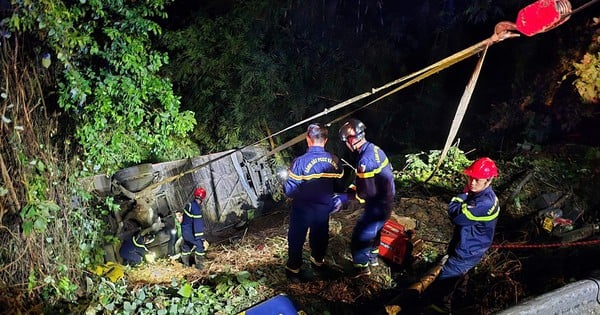
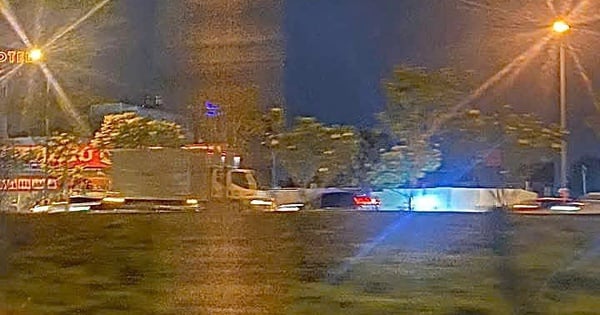
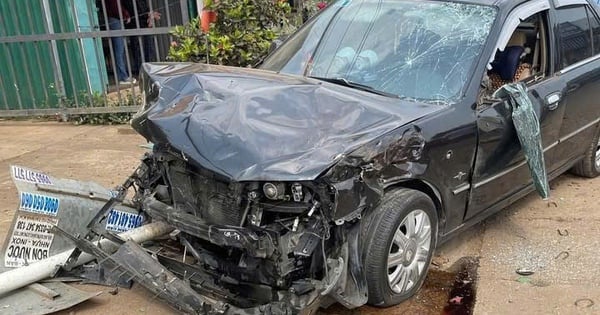




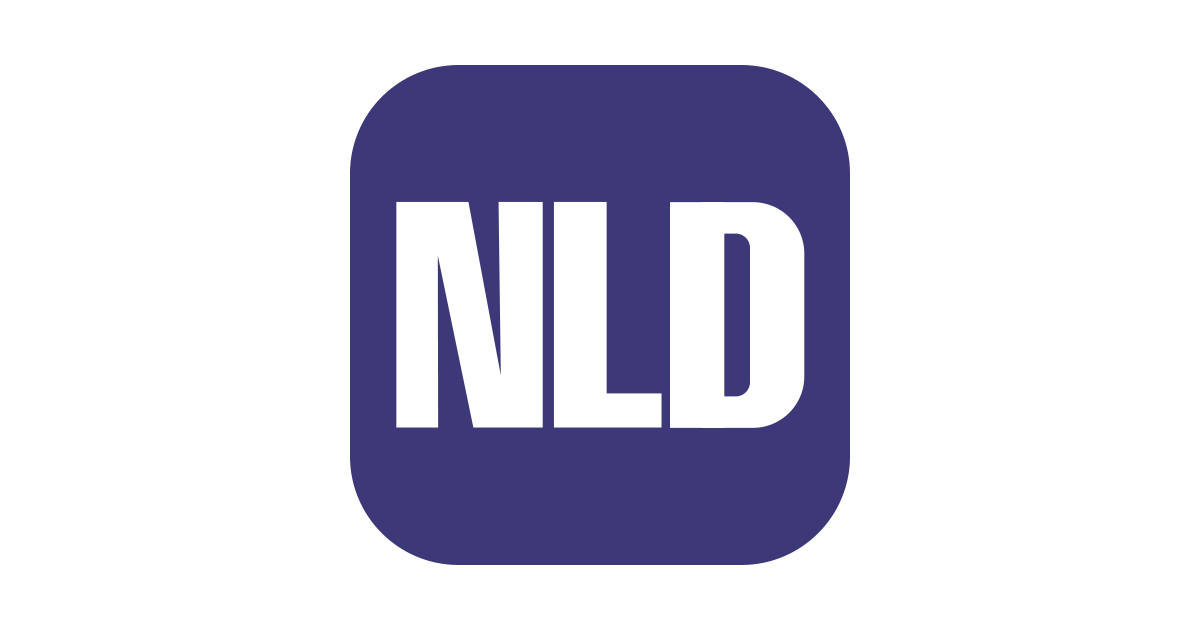
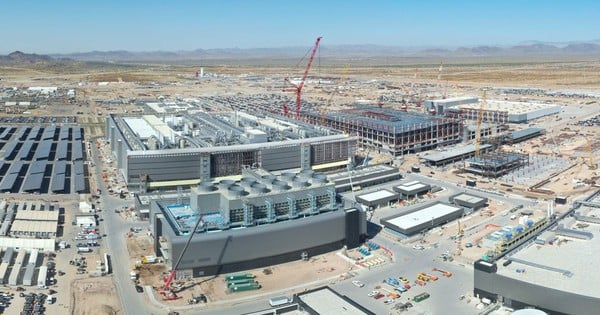










![[Photo] Overcoming all difficulties, speeding up construction progress of Hoa Binh Hydropower Plant Expansion Project](https://vstatic.vietnam.vn/vietnam/resource/IMAGE/2025/4/12/bff04b551e98484c84d74c8faa3526e0)

































































Comment (0)